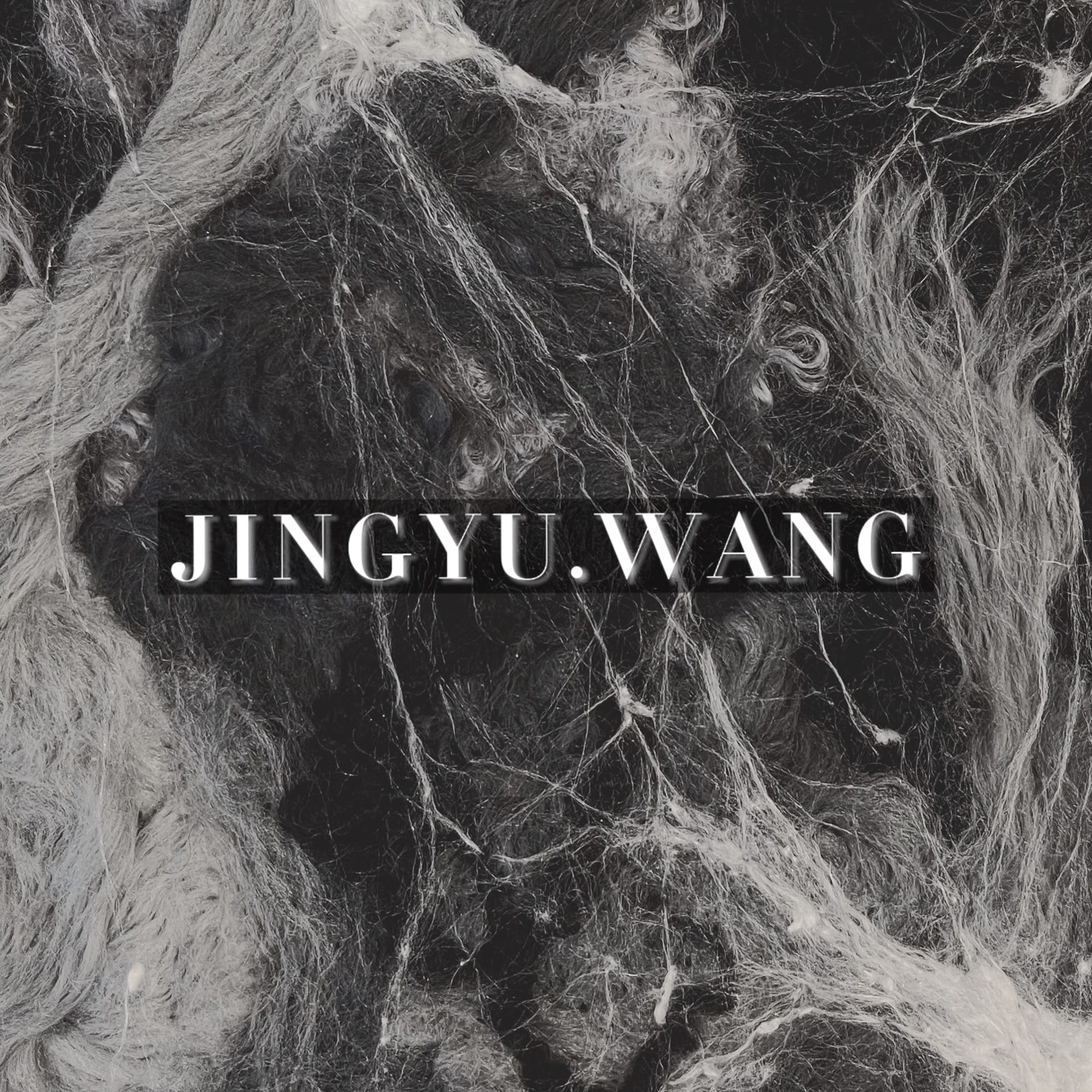The completeness of interior at University Center is achieved through the use of visually complementary materials. There are 5 materials that captured my attention:
- Terrazzo floor
- Concrete slabs
- Bamboo Panels placed around and inside the Auditorium
- Patine brass handrails
- Rimless tempered glass
The first material I noticed was the flooring, which was constructed with terrazzo composite in 3 different colors – gray (close to the original color of terrazzo composite), beige and light yellow ochre.
When looked closely, I observed small crushed stone fragments in the terrazzo composite, which was a result of its construction method. Terrazzo is made by mixing stone pieces and sand with concrete, sometimes other forms of adhesive will be added into the mixture to help bond the materials together. The hardened mixture – after a long process of natural drying – will then be sanded and polished into the highly durable terrazzo flooring. Special pigments can also be added into the composite to achieve different aesthetic goals. In this case, the beige terrazzo and the yellow ochre terrazzo are tinted to introduce the transition of colors happened in the interior, specifically the color change happened between the yellowish bamboo and the gray concrete slabs.
The second material I noticed was the concrete. At first I thought they were made up with metal as the slabs look relatively thin and much lighter than concrete or stones. However, our professor explained to us these concrete slabs were treated with special method, which allows them to maintain their rigidity with low thickness requirement. These treated concrete slabs are called glass fibre reinforced concrete, literally means a thin layer of fibre glass is inserted to help the concrete mixture grasp on from both sides of the fibre glass.
The attachment of separate concrete slabs brings up an emphasis on the edges, and hence sharpened the overall geometry. The interior becomes cleaner and more structurally organized with the use of these edge-defined slabs. The gray tone was darker than the light gray of normal concrete, but this dark gray hue reminiscent more closely the gray terrazzo on the floor.
The third major element in this environment is the bamboo material that made up the wall panels at the auditorium entrance. The bamboo panels offer a yellowish tone that creates harmonious visual complement with the yellowish color seen in parts of the terrazzo floor. As a soft material, bamboo is an excellent acoustic tool to absorb and trap sound wavelength. Thus, the ‘threshold’ space between the door to the university center lobby and the door entering the auditorium is occupied by perforated bamboo slabs to provide the ultimate sound insulation.
The fourth and fifth elements – the patine brass handrail and the rimless tempered glass – are mostly used only at staircases.
Brass handrails already undergo patin treatment, which means the surface layer has a chemical cover that prevent brass from oxide. The choice of brass not only brings up contrast between the rail and the gray staircase, it is also complementary to the overall color choice of the place. The rimless tempered glass – tempered to prevent shattering if damaged – can be seen as to offer openness and cleanliness in the interior without overflowing decoration with too much colors.









